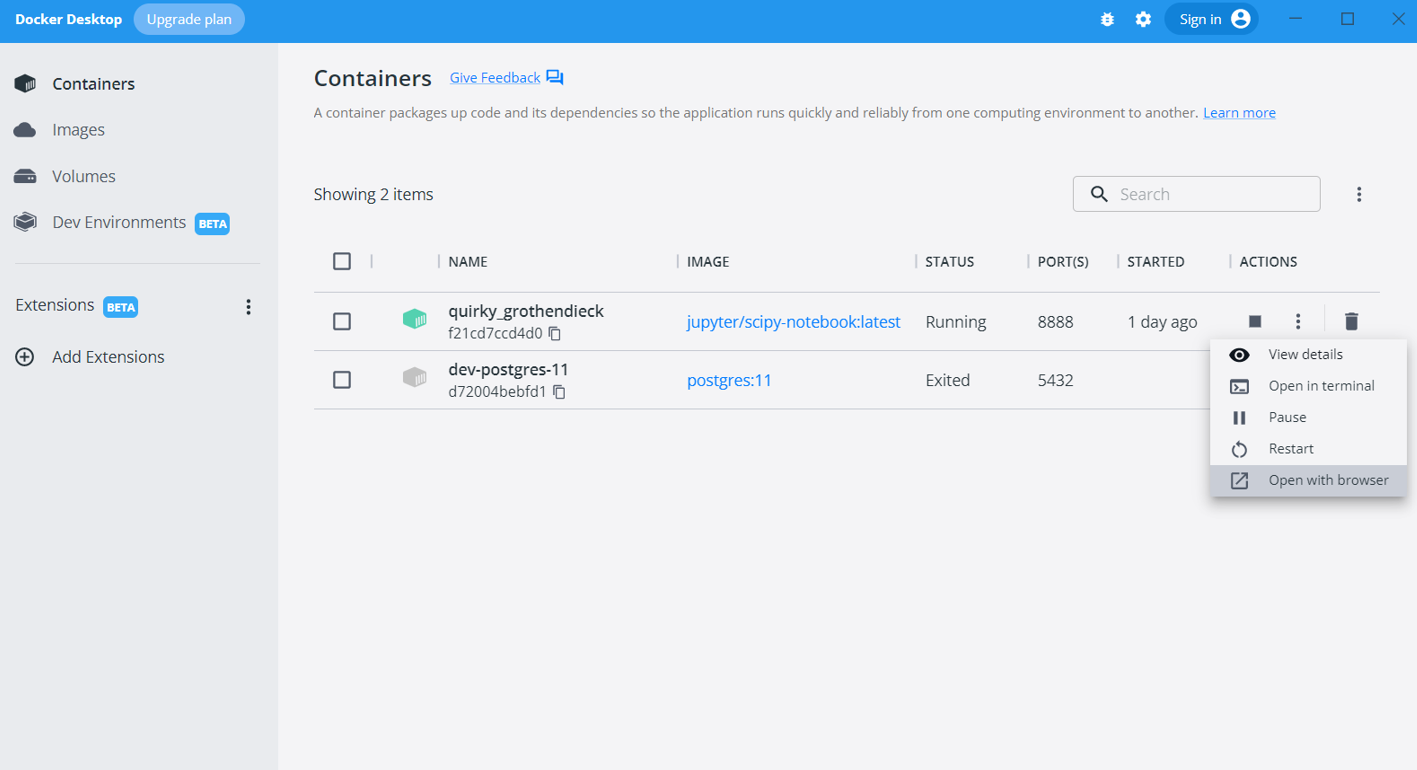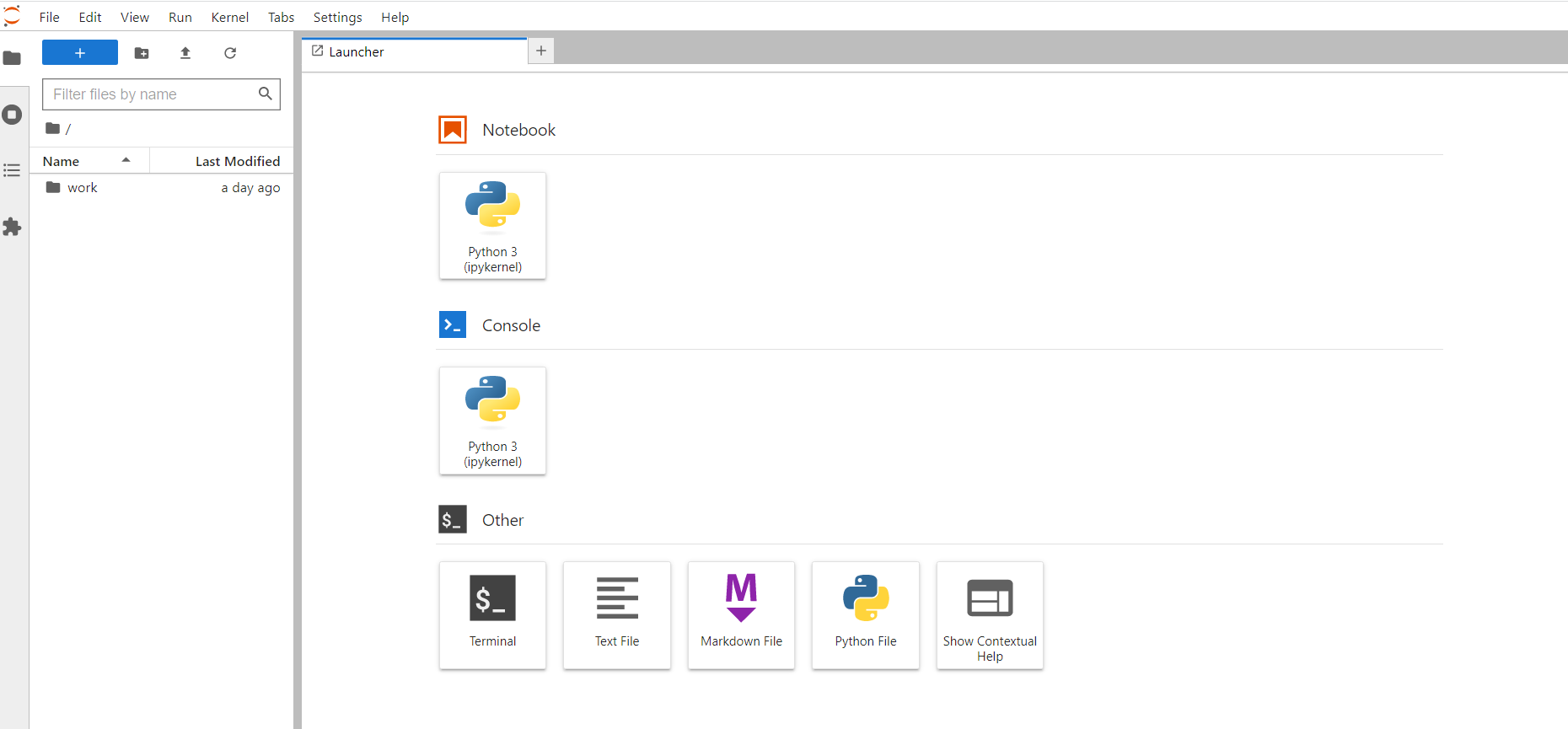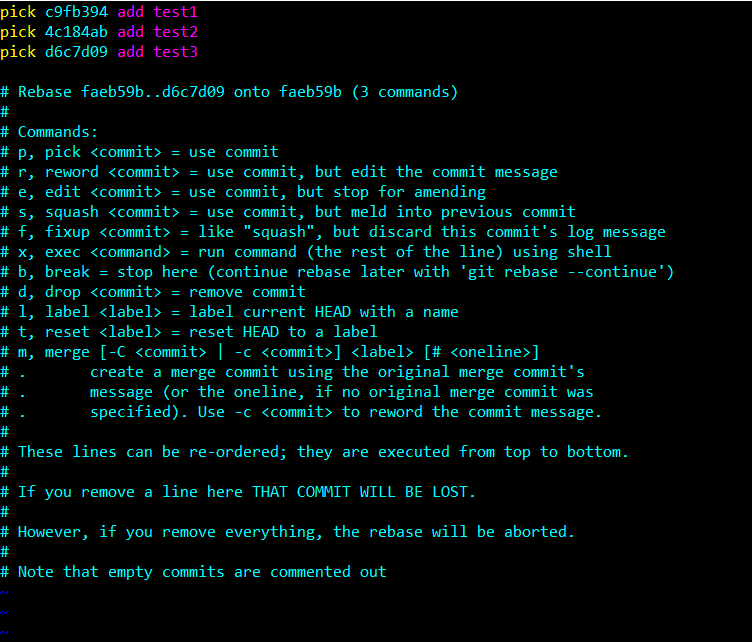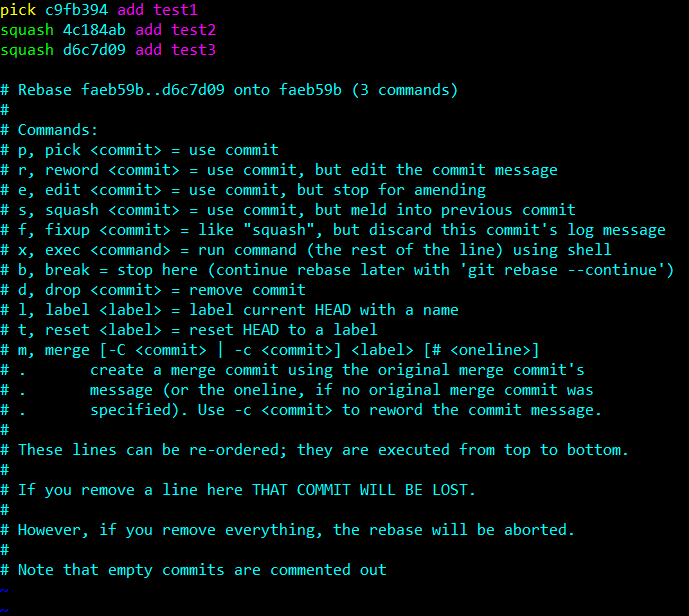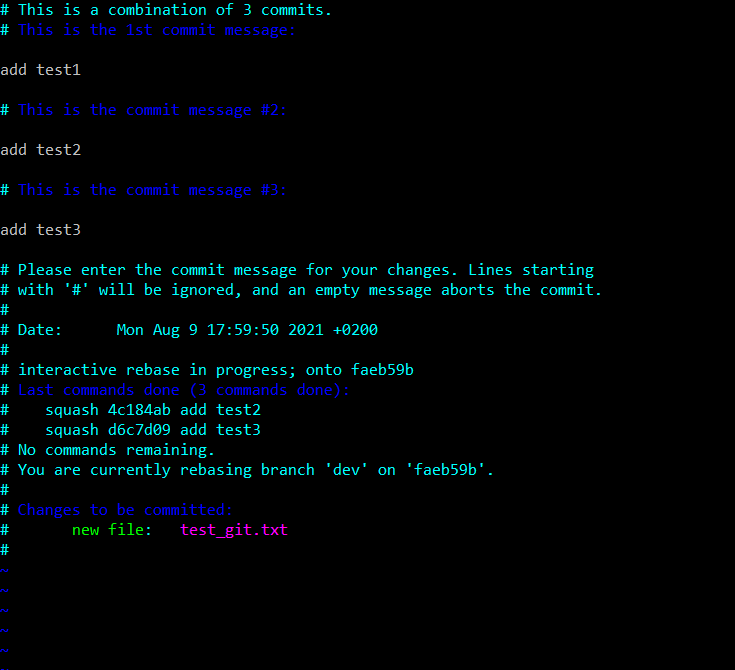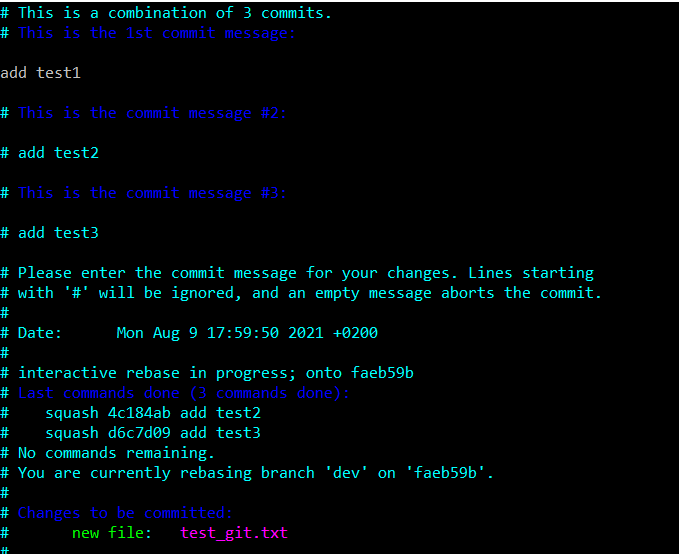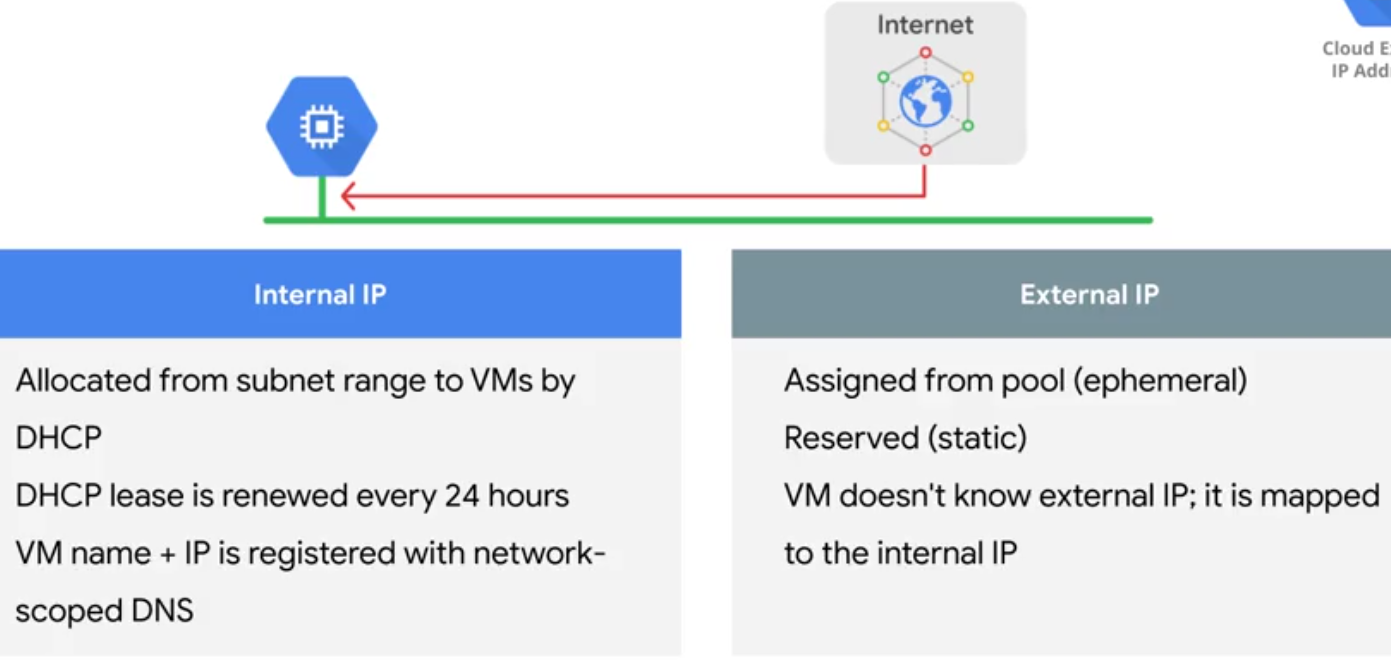I will show a simple example of csv with pandas, you can download the files from here:
survey_results_public.csv
survey_results_schema.csv
Notebook
1 | import pandas as pd |
1 | df = pd.read_csv('data/survey_results_public.csv') |
1 | df |
| Respondent | Professional | ProgramHobby | Country | University | EmploymentStatus | FormalEducation | MajorUndergrad | HomeRemote | CompanySize | ... | StackOverflowMakeMoney | Gender | HighestEducationParents | Race | SurveyLong | QuestionsInteresting | QuestionsConfusing | InterestedAnswers | Salary | ExpectedSalary | |
|---|---|---|---|---|---|---|---|---|---|---|---|---|---|---|---|---|---|---|---|---|---|
| 0 | 1 | Student | Yes, both | United States | No | Not employed, and not looking for work | Secondary school | NaN | NaN | NaN | ... | Strongly disagree | Male | High school | White or of European descent | Strongly disagree | Strongly agree | Disagree | Strongly agree | NaN | NaN |
| 1 | 2 | Student | Yes, both | United Kingdom | Yes, full-time | Employed part-time | Some college/university study without earning ... | Computer science or software engineering | More than half, but not all, the time | 20 to 99 employees | ... | Strongly disagree | Male | A master's degree | White or of European descent | Somewhat agree | Somewhat agree | Disagree | Strongly agree | NaN | 37500.0 |
| 2 | 3 | Professional developer | Yes, both | United Kingdom | No | Employed full-time | Bachelor's degree | Computer science or software engineering | Less than half the time, but at least one day ... | 10,000 or more employees | ... | Disagree | Male | A professional degree | White or of European descent | Somewhat agree | Agree | Disagree | Agree | 113750.0 | NaN |
| 3 | 4 | Professional non-developer who sometimes write... | Yes, both | United States | No | Employed full-time | Doctoral degree | A non-computer-focused engineering discipline | Less than half the time, but at least one day ... | 10,000 or more employees | ... | Disagree | Male | A doctoral degree | White or of European descent | Agree | Agree | Somewhat agree | Strongly agree | NaN | NaN |
| 4 | 5 | Professional developer | Yes, I program as a hobby | Switzerland | No | Employed full-time | Master's degree | Computer science or software engineering | Never | 10 to 19 employees | ... | NaN | NaN | NaN | NaN | NaN | NaN | NaN | NaN | NaN | NaN |
| ... | ... | ... | ... | ... | ... | ... | ... | ... | ... | ... | ... | ... | ... | ... | ... | ... | ... | ... | ... | ... | ... |
| 19097 | 19098 | Professional developer | Yes, I program as a hobby | Canada | No | Employed full-time | Bachelor's degree | A business discipline | A few days each month | 10 to 19 employees | ... | Disagree | Male | Some college/university study, no bachelor's d... | White or of European descent | Somewhat agree | Agree | Disagree | Agree | NaN | NaN |
| 19098 | 19099 | Student | Yes, I program as a hobby | India | No | Not employed, and not looking for work | Secondary school | NaN | NaN | NaN | ... | NaN | NaN | NaN | NaN | NaN | NaN | NaN | NaN | NaN | NaN |
| 19099 | 19100 | Professional non-developer who sometimes write... | Yes, I program as a hobby | United Kingdom | No | Independent contractor, freelancer, or self-em... | Bachelor's degree | Computer science or software engineering | Never | NaN | ... | NaN | NaN | NaN | NaN | NaN | NaN | NaN | NaN | NaN | NaN |
| 19100 | 19101 | Professional developer | Yes, I program as a hobby | United States | No | Employed full-time | Some college/university study without earning ... | A humanities discipline | Less than half the time, but at least one day ... | 100 to 499 employees | ... | Disagree | Male | Some college/university study, no bachelor's d... | White or of European descent | Somewhat agree | Somewhat agree | Disagree | Agree | 110000.0 | NaN |
| 19101 | 19102 | Professional developer | Yes, I program as a hobby | France | No | Employed full-time | Master's degree | Computer science or software engineering | All or almost all the time (I'm full-time remote) | 100 to 499 employees | ... | NaN | NaN | NaN | NaN | NaN | NaN | NaN | NaN | NaN | NaN |
19102 rows × 154 columns
1 | # shape give us the number of rows and columns of the dataframe |
(19102, 154)
1 | df.info() |
<class ‘pandas.core.frame.DataFrame’>
RangeIndex: 19102 entries, 0 to 19101
Columns: 154 entries, Respondent to ExpectedSalary
dtypes: float64(6), int64(1), object(147)
memory usage: 22.4+ MB
1 | # set the number of columns and rows displayed |

 or from the desktop
or from the desktop